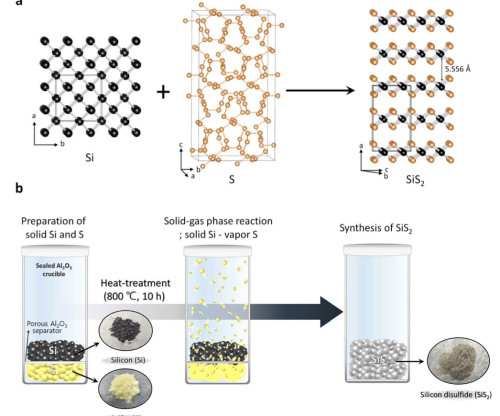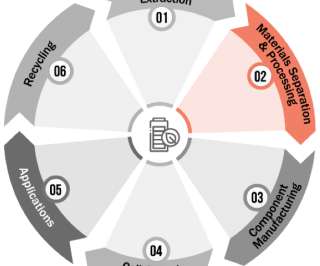Researchers develop optimal silicon disulfide production technology for solid-state batteries
Green Car Congress
MARCH 27, 2023
Researchers from the Korea Electrotechnology Research Institute (KERI) and Kumoh National Institute of Technology (KIT), have developed a low-cost production technology for silicon disulfide (SiS 2 ) for solid-state electrolytes (argyrodite-type) that has potential to accelerate the commercialization of all-solid-state batteries (ASSBs).




























Let's personalize your content